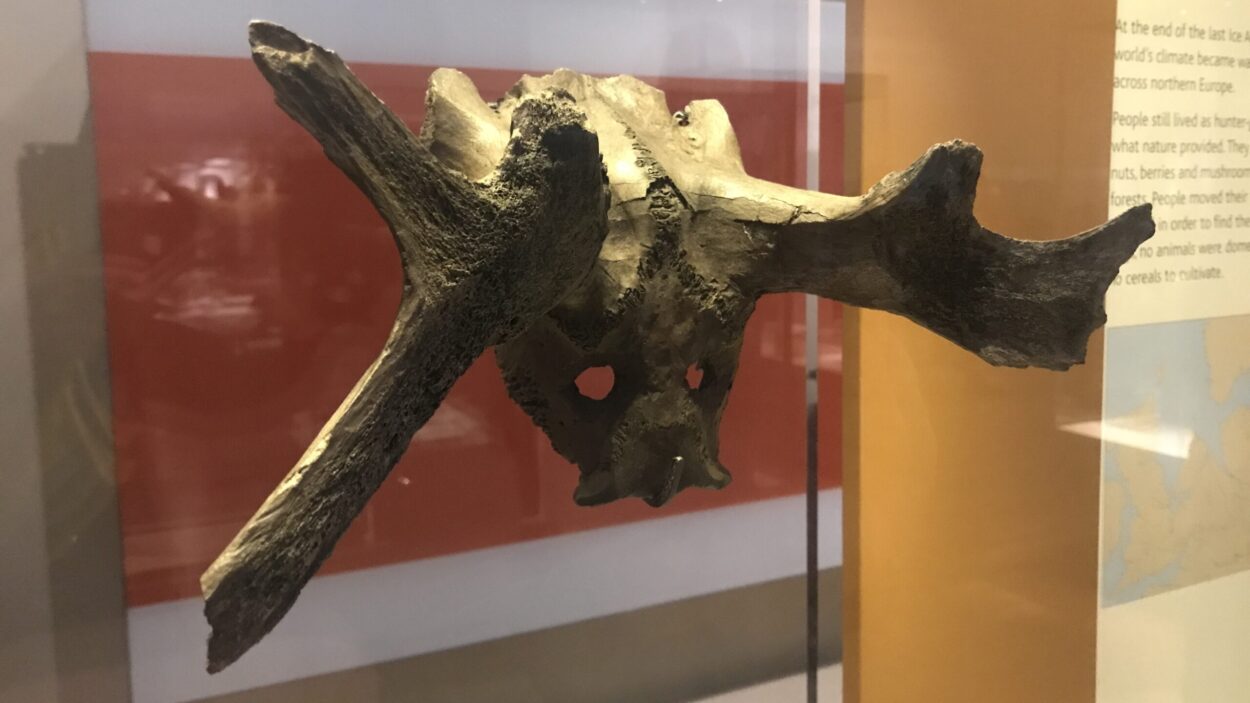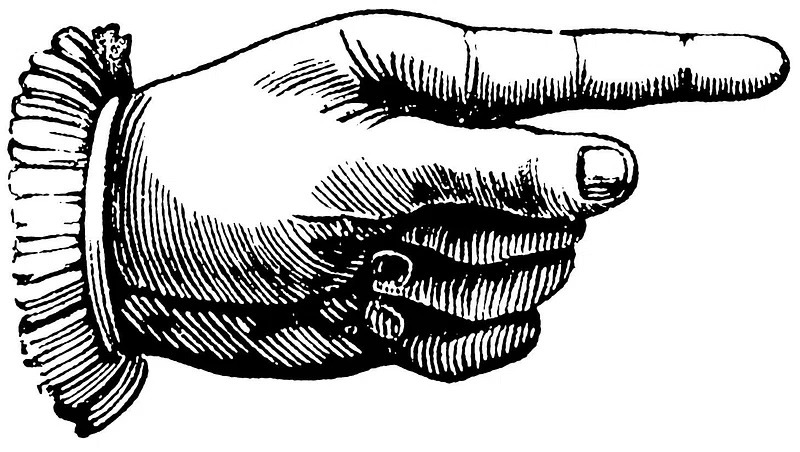
In Douglas Adams’s Hitchhikers’ Guide to the Galaxy, the Total Perspective Vortex gives “one momentary glimpse of the size of the entire infinity of creation along with a tiny little marker saying ‘you are here’”.
I occasionally get a similar feeling – being hit with the complete and utter inconsequentiality of our individual existences – when I visit the British Museum.
On one of their ‘show and tell’ desks where visitors can handle artefacts from the collection I was allowed to pick up a flint hand axe that was made over a quarter of a million years ago, the smooth base of it fitting as comfortably into my palm as it must have done for my impossibly distant ancestor.
And in their recent ‘World of Stonehenge’ exhibition I experienced a full-on moment of existential reckoning when confronted with a Star Carr headdress (which currently resides in Room 51).
These date from perhaps 10,000 or 11,000 years ago, the mesolithic (‘middle stone age’), a time before Britain was an island, thousands of years before the development of agriculture, millennia before Stonehenge.
The headdress is the top of the skull of a large red deer (one of the many large mammals our hunter-gatherer ancestors hunted). Two holes have been knocked through the top of it so that it can be worn and tied over the head; the antlers of the deer have been cut back so that it is not too heavy. 21 such ‘frontlets’ of deer skulls have been found at Star Carr, which is in North Yorkshire, near Scarborough.
Obviously we can’t know what these pieces were used for, but archeological thinking is that they may have been used as a hunting disguise or in shamanistic rituals (these two uses are not exclusionary).
Also found at the site were various barbed spear points (also made from deer antlers), worked flints and other stones, even a decorated pendant (10,000 year old art!). There is also evidence of structures, with indications that the site could have been inhabited (the hunter-gatherers following the herds) over around 800 years. The organic material was so well-preserved because of the peat laid down on the site – which is also how the very recent (a mere 2,000 years old) Lindow Man was preserved.
Get some perspective in your life by going to the museum and gazing on the headdress, then reflecting on the fact that this was created and worn over 400 generations ago
Fancy a visit to the British Museum with me? You can see availability and book a private tour via Tours by Locals here.

